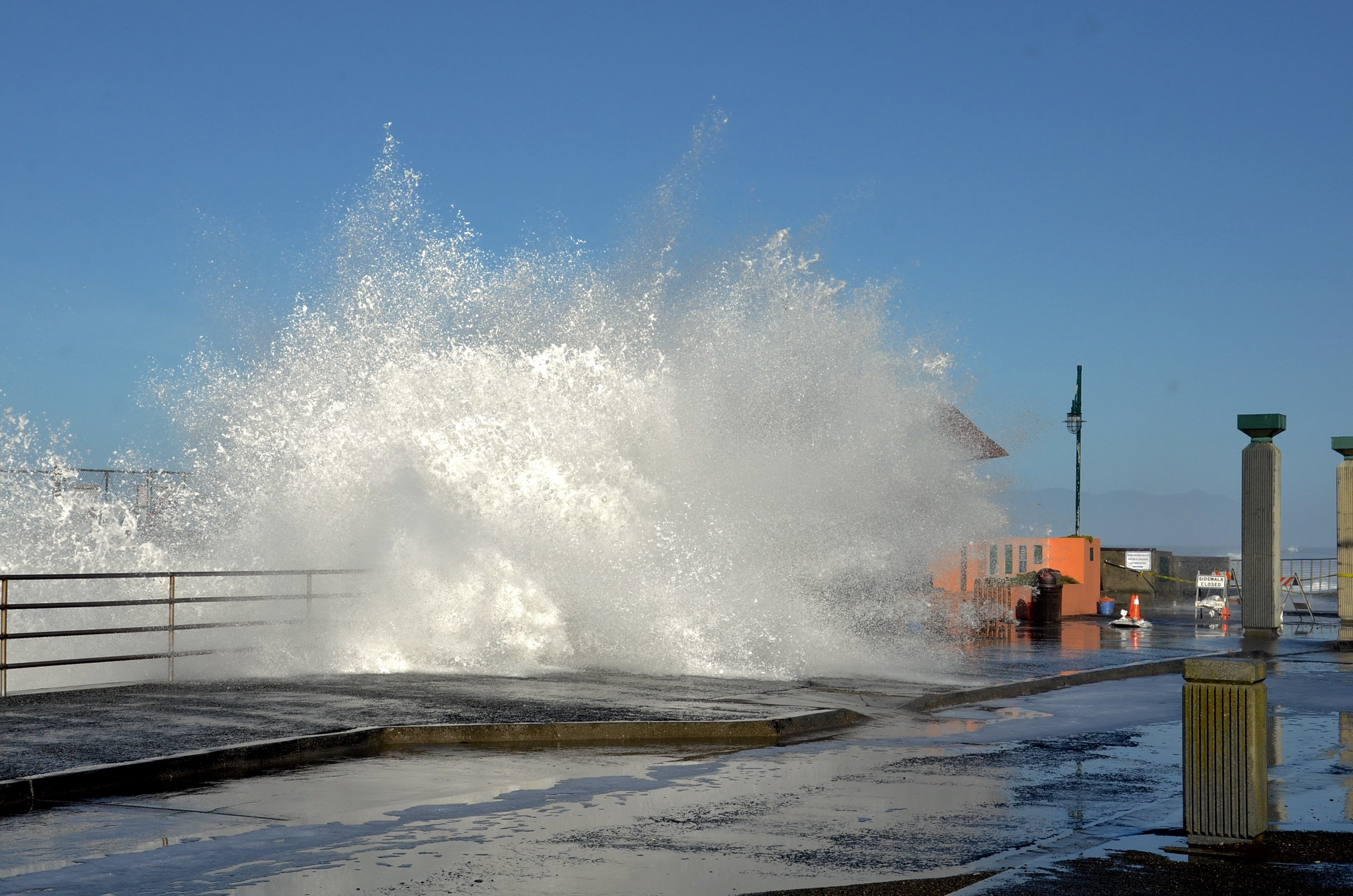King Tides Help Us to Understand Sea Level Rise

When the sun, moon, and Earth align perfectly, their combined gravitational pull creates higher than average tidal ranges. These extremely high and low tides are known as king tides. Although king tide is not actually a scientific term, it is used to describe the phenomenon that occurs a few times per year.
King tides occur under very specific conditions. First, they occur during a new moon, when the moon is between the sun and Earth. During a new moon, the gravitational pulls of the sun and moon pull Earth’s oceans in the same direction. Second, they occur when the Earth is at its closest point to both the moon and the sun in its orbit, increasing the gravitational influence of both planetary bodies – this occurs in winter, typically in early January.
While the lower than average tides offer an opportunity to observe the low intertidal zone, the higher than average tides give us valuable insight into how sea level rise might affect California’s coastal communities. In past years, king tides have exposed infrastructural vulnerabilities all along the coast – breached seawalls, flooded roads, and increased erosion to coastal bluffs, among them.
In the San Francisco Bay Area, sea levels are expected to rise between 1.1 and 2.7 feet by 2050 (State of California Sea-Level Rise Guidance, 2018 Update). Since 2010, the California King Tides Project has aimed to help Californians visualize potential future sea level by observing the highest tides of today. The project utilizes community scientists’ photographic imagery of king tides around the state in order to compile a robust record of changes to our coast and estuaries.
The next king tides are to occur on January 11 and 12, 2024 and on February 9, 2024.
You can participate in the project by taking photos of king tides as close to high tide as possible, and upload them at the California King Tides Project Upload Form.
Remember to exercise caution when attempting to capture photos of king tides. Take extra precautions when you walk on slippery areas or near big waves, never turn your back to the ocean, and always be conscious of local weather conditions.

